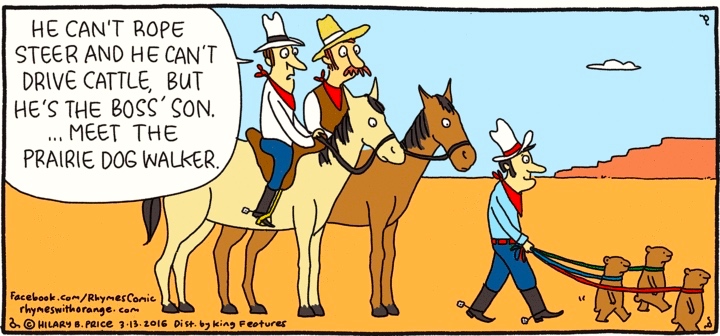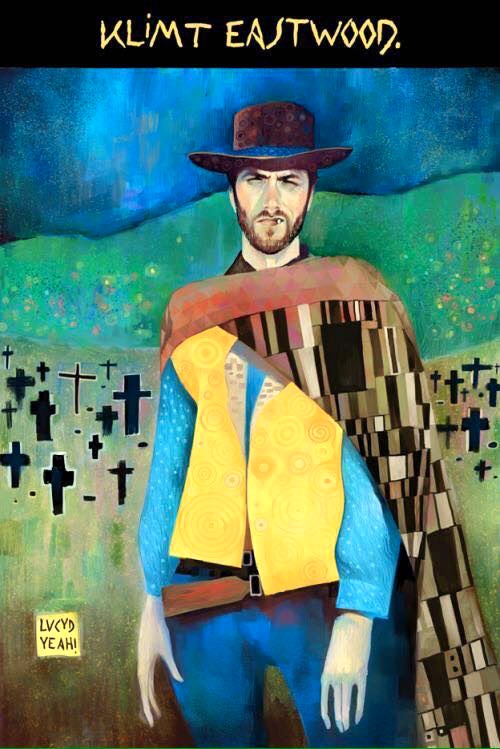Some men go on the down-low, but Zippy goes on the Hi-Lo. Yesterday’s strip is set in the diner of this name in Minneapolis MN:
![]() (#1)
(#1)
Seen here in a recent photo:
![]() (#2)
(#2)
Taken up later: grilling and quilting. First, about the Hi-Lo, from a Minneapolis Eater piece “Seven Things to Know About the Hi-Lo Diner, Now Open” by Joy Summers on 3/28/16:
Longfellow’s [southeastern Minneapolis neighborhood] hotly anticipated beacon of a bygone era opened at 6:30 a.m. this morning.
- A nod to the Bell.
The meticulously restored diner car has been restored as much as possible to its original glory, but sadly a few pieces didn’t quite make it. For one, the booths used to sport their own jukeboxes and sadly, they couldn’t saved. Nor could the old cigarette machine that stood guard by the front door. However, one bit of history from the other restaurant involved in this site did remain. The back part of the diner, the kitchen, used to be a Taco Bell. It’s already difficult to remember what this spot used to look like, but one thing did remain: there are a couple of chairs from Taco Bell that somehow fit seamlessly into the dining room…
- A Silo is a sandwich.
The menu delivers exactly what you’d expect from a diner: pancakes, meatloaf, pie and more. The Silos (sandwich + Hi-Lo) are bread that’s been hollowed out and stuffed with sandwich stuff. It’s like a bread bowl, but for meats and cheeses. There’s a pastrami Silo with Swiss cheese and Russian dressed slaw, a Rachel and a ham and cheese.
- Two words for the fry fiends:
Krinkle cuts. And one more: frickles (deep fried pickles for the uninitiated.)
- Not-your-grandpa’s grasshopper.
Ryan Barott’s bar list draws on nostalgic drinks mostly from the 50’s and 60’s. There’s a Rusty Nail, Harvey Wallbanger, Grasshopper and a Cosmo (because, why not?) …
- A Hi-Top is not a doughnut.
For one, there is no hole. Mostly, the dough is a special breed all its own. It’s yeasty and a little dense: more like the unholy love child of brioche and fry bread. Hi-Tops are either stuffed or topped with items like fried chicken, maple-bourbon syrup, gravy and micro arugula (The Gary Coop-er) or a simple Berry Gibsonia [reference to Gibsonia PA] topped with fresh fruit and whipped cream. Priced in the $10 range, each is fried-to-order.
- Outdor seating is on the way.
- Late night eats.
Notes:
On #1: The Hi-Lo is a 1957 Fodero diner originally from Gibsonia PA (north of Pittsburgh), moved from Cleveland to Minneapolis.
Diners are very much an American thing, characteristic of the urban Middle Atlantic (New York, Pennsylvania, New Jersey), originating in the Northeast, then spread further afield. They’re symbols of American individualism (almost all are single-site operations, or at most, in small local chains) and egalitarianism (inexpensive food, open all day, no reservations, no dress code, often late operating hours). They have characteristic archtecture, both outside (railway car design, stainless steel, typically in Art Deco style) and inside (counter service and booths, formica, quilted surfaces), and characteristic menu offerings, heavy on grilled food and breakfast items, lots of coffee, and pie.
On Fodero diners, from Wikipedia:
The Fodero Dining Car Company (1933–1981) was a diner manufacturer located in Newark and later Bloomfield, NJ. It was founded by Italian immigrant Joseph Fodero, who formed the company after constructing diners with P. J. Tierney Sons and Kullman Industries.
Fodero diners are known for their stainless steel exteriors and art deco appearance.
On #2 and #3: note the portmanteaus Silo (sandwich + Hi-Lo, with a play on silo ‘structure for storing harvested crops’) and frickle (fried + pickle).
On #4: diners don’t typically have bars, but the Hi-Lo is large enough to serve as both a classic diner and also a classic bar and grill (both of which are into grilling). From the Oxford Dictionaries site:
bar and grill: originally [early 20th century] and chiefly US: A bar serving simple grilled meals, which may be eaten at the bar counter; a combined bar and grill-room; an informal restaurant serving simple meals. In early use especially in a hotel or club.
From NOAD2 on grill:
a grill: a metal framework used for cooking food over an open fire; a gridiron
to grill: to cook using a grill
a grill: restaurant serving grilled food
So, as Zippy suggests: let’s go get grilled!
On #5: high-tops (or hi-tops) are a type of athletic sneakers, typically worn by basketball players. The Hi-Lo food name echoes the diner’s name and suggests (correctly) that the menu item is piled high with toppings. A Gary Coop-er (or Coop’er), with a name playing on the actor’s name and (chicken) coop):
![]() (#3)
(#3)
Meanwhile, Hi-Tops is the name of a San Francisco gay bar offering fast food and drinks plus tvs tuned to sports in a setting with gym decor. The name makes the sports connection, but also plays on the sexual sense of the noun top (versus bottom), in a forest of such play:
![]() (#4)
(#4)
![]()
![]()


















































